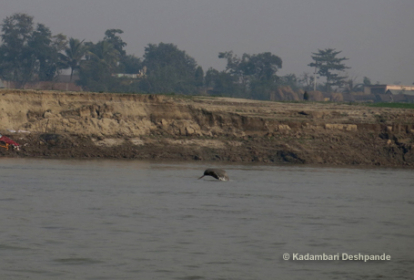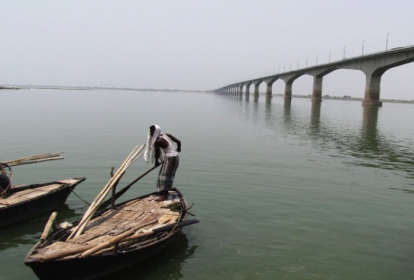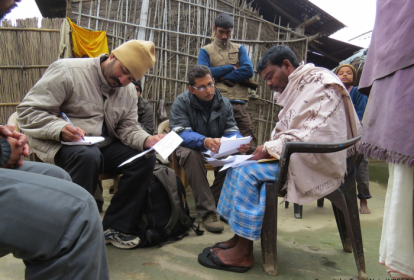|
Principal Investigator: Nachiket Kelkar, Ashoka Trust for Research in Ecology and the Environment (ATREE), Bangalore, India |
|
Funding year: 2013 |
|
Main objectives:
|
|
Main outcomes:
Conclusion The authors caution against either the blind dismissal or unilateral embracement of project results with regards to support for, or against, FPAs such as the VGDS. The project has instead raised pertinent and timely questions on the conservation value of FPAs, how to improve interactions between conservationists and communities, and how concern is allocated to the varied threats affecting the wider Ganges River ecosystem. |
|
Reports/Papers:
Kelkar et al. March 2015. Strengthening the meaning of a freshwater protected area for the Ganges river dolphin: looking within and beyond the Vikramshila Gangetic Dolpin Sanctuary. Kelkar et al. March 2015. Click here to read. |




